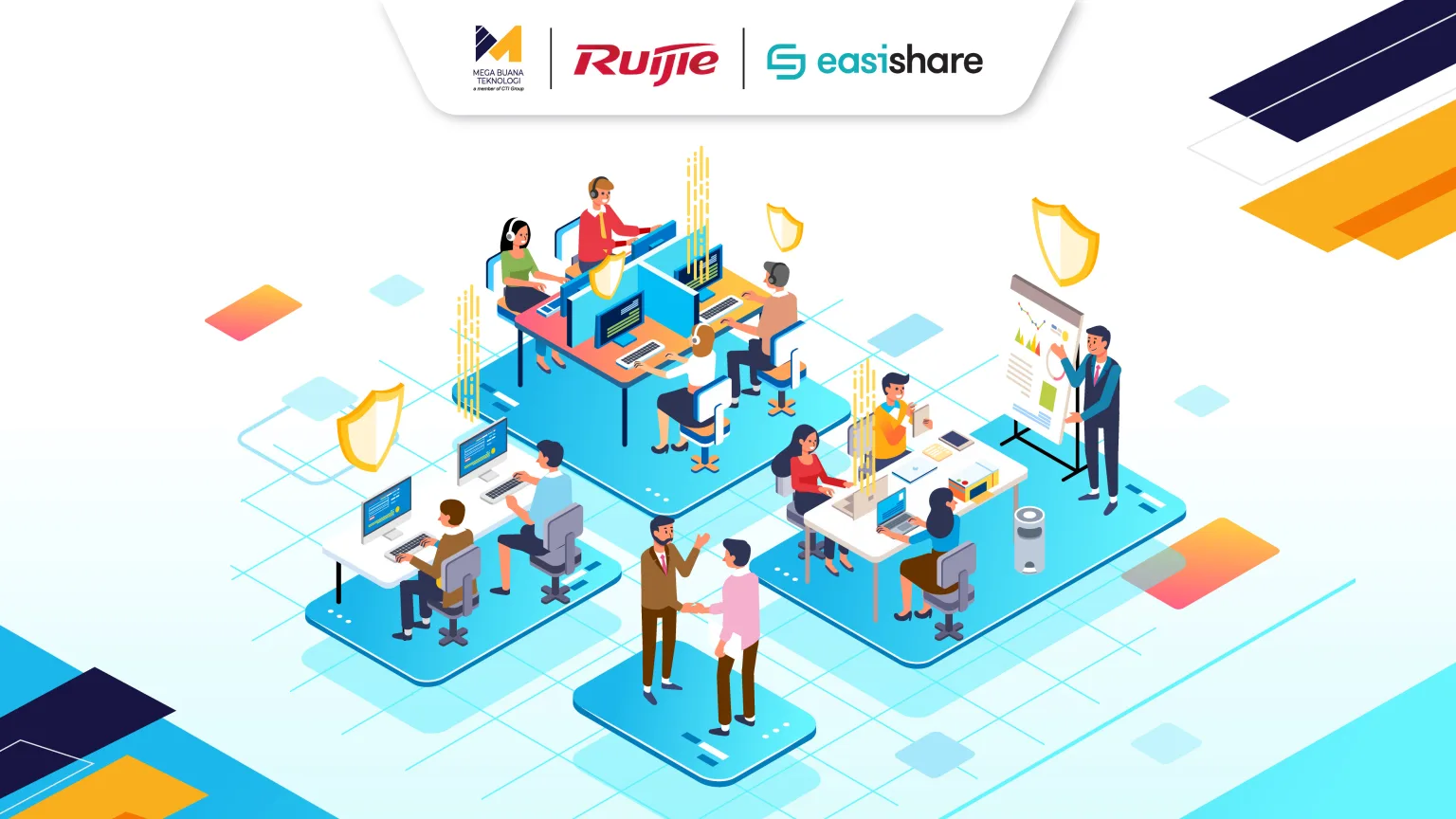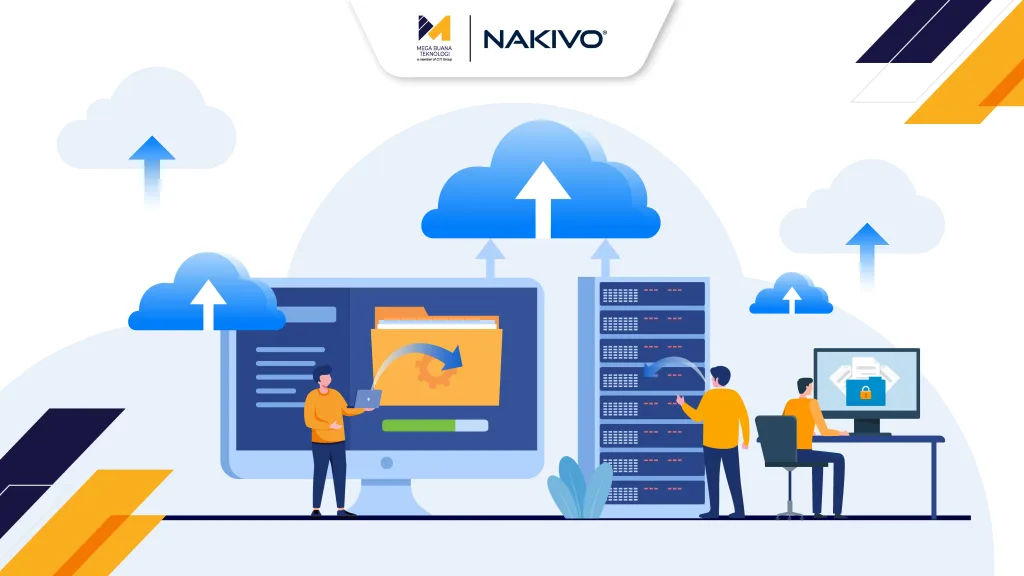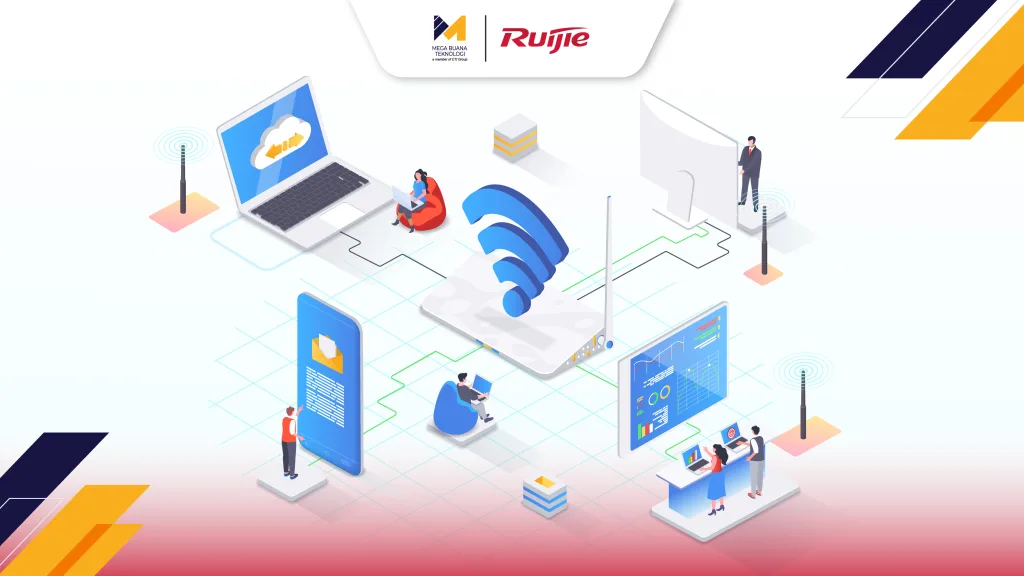The hybrid work era has fundamentally transformed business operations. Employees now access company systems from various locations and devices, creating productivity opportunities while simultaneously introducing new security vulnerabilities. Digital workplace security is no longer simply about protecting the physical office perimeter; it’s about ensuring comprehensive security at every access point, application, and data touchpoint distributed across the digital work environment.
This security challenge has become increasingly evident, with SQ Magazine reporting that 83% of companies identify security as their primary challenge in developing their digital workplace. This figure shows that while digital transformation delivers numerous benefits, security concerns remain a critical issue requiring serious attention. For organizations, understanding and implementing effective digital workplace security is no longer optional, it’s an urgent necessity for maintaining business continuity.
What Is Digital Workplace Security?
Digital workplace security is a comprehensive approach to protecting data, systems, applications, and devices used in modern digital work environments. It encompasses protection against unauthorized access, cyber threats, data breaches, and various security risks that emerge when employees work from different locations using diverse devices and networks.
This concept extends beyond traditional IT security. Digital workplace security integrates various elements such as endpoint security, identity and access management, data encryption, cloud security, along with policies and procedures that ensure every aspect of the digital work environment remains protected. With hybrid work models becoming increasingly dominant, security approaches must be flexible yet rigorous, enabling productivity without compromising protection.
Security Challenges in the Digital Workplace
Digital work environments present security complexities that differ significantly from traditional models:
Diverse Devices and Locations
Employees access company systems through laptops, smartphones, and personal tablets from homes, cafes, or co-working spaces. Each device and location carries different security levels, creating inconsistency in protection measures.
Shadow IT and Unmanaged Applications
The use of cloud applications and collaboration tools without IT approval creates blind spots in security infrastructure, opening vulnerabilities that attackers can exploit.
Phishing and Social Engineering
Attacks targeting humans as the weakest link remain the most effective method for gaining unauthorized access. Remote work makes employees more vulnerable to these attacks.
Cloud Data Security
Migration to cloud services raises questions about data control, compliance, and shared security responsibilities between providers and organizations.
Insider Threats
Threats from within the organization, whether intentional or accidental, are difficult to detect and can be highly damaging since perpetrators already possesslegitimate access.
The Importance of Digital Workplace Security
Implementing effective digital workplace security delivers significant strategic value:
Protecting Critical Business Assets
Customer data, intellectual property, and financial information represent a company’s most valuable assets. Strong security prevents theft, manipulation, or data loss that could prove fatal to business operations.
Maintaining Regulatory Compliance
Industries such as banking, healthcare, and government face strict regulations regarding data protection. Compliance failures can result in substantial fines and reputational damage.
Preserving Customer Trust
Data breaches or security incidents can destroy trust built over the years. Maintained security demonstrates a company’s commitment to protecting customer information.
Ensuring Business Continuity
Ransomware attacks or system disruptions can halt operations for days. Robust digital workplace security ensures business continuity even when facing threats.
Enhancing Productivity Securely
Proper security doesn’t hinder productivity; it enables employees to work flexibly while ensuring all activities remain protected.
Best Practices for Ensuring Digital Workplace Security
Organizations can adopt several best practices to strengthen digital workplace security:
Zero Trust Architecture
Implement the “never trust, always verify” principle where every access request requires verification regardless of location or device used.
Multi-Factor Authentication (MFA)
Add an extra security layer by requiring more than one verification method to access sensitive systems.
End-to-End Encryption
Protect data both in transit and at rest with strong encryption to prevent unauthorized access even if data is intercepted.
Regular Security Training
Educate employees regularly about current cyber threats and security best practices, as humans remain the most important line of defense.
Endpoint Security Management
Manage and monitor all devices accessing the corporate network to ensure compliance with security standards.
Incident Response Plan
Prepare clear protocols for responding to security incidents quickly and effectively, minimizing operational impact.
Why Choose a Digital Workplace Security Solution?
Investment in digital workplace security solutions provides tangible competitive advantages:
Proactive Protection
Modern solutions use AI and machine learning to detect and prevent threats before they cause damage.
Comprehensive Visibility
Centralized dashboards provide a holistic view of security status across the entire digital environment, facilitating risk identification and management.
Scalability and Flexibility
Enterprise solutions grow with your organization and adapts to changing business needs without requiring system overhauls.
Compliance Automation
Automated features help meet various regulatory standards, reducing IT team burden and non-compliance risks.
Cost Efficiency
Preventing security incidents costs far less than dealing with their aftermath. Security investment is an investment in business sustainability.
Ruijie Security Management Platform RG-SMP
Ruijie Security Management Platform RG-SMP+ delivers a comprehensive solution for managing digital workplace security from a central point.
This platform integrates various security components into one intuitive interface, providing complete visibility and better control over the entire security infrastructure with key advantages:
Unified Security Management
Manage firewalls, intrusion prevention, antivirus, and security policies from one centralized dashboard, reducing operational complexity.
Real-Time Threat Intelligence
Detect threats in real-time with AI technology that analyzes traffic patterns and behavior to identify suspicious activities before they become problems.
Automated Policy Enforcement
Apply security policies automatically across all endpoints and network devices, ensuring consistency and compliance without manual intervention.
Comprehensive Reporting
Generate detailed security reports for audits, compliance, and threat trend analysis that support strategic decision-making.
EasiShare Secure File Sharing & Collaboration
EasiShare addresses the modern organization’s need for collaboration platforms that are both productive and secure. This solution enables teams to share files and collaborate without worrying about data leaks or unauthorized access with these capabilities:
Enterprise-Grade Encryption
All files are encrypted in transit and at rest, ensuring only authorized parties can access sensitive information.
Granular Access Control
Set specific permissions for each file and folder, controlling who can view, edit, download, or share documents.
Complete Audit Trail
Track all file activities including access, modifications, and sharing to meet compliance requirements and security investigations.
Secure External Collaboration
Share files with external parties securely through protected links with expirationdates and password protection.
Integration Capabilities
Integrates with existing workflows and business applications, maintainingproductivity while enhancing security.
Find the Right Digital Workplace Security Solution with MBT
Digital workplace security is a strategic investment requiring deep understanding of specific organizational needs and the evolving threat landscape. Mega Buana Teknologi (MBT), part of CTI Group, understands these complexities and stands ready to partner with you in building a secure and productive digital work environment.
With a comprehensive solution portfolio including Ruijie Security Management Platform RG-SMP+ and EasiShare, MBT provides not only cutting-edge technology but also expertise in implementation and ongoing support. Our team collaborates with you to understand your organization’s unique challenges, design appropriate security strategies, and ensure implementation proceeds smoothly without disrupting business operations.
Ready to strengthen your organization’s digital workplace security? Contact the MBT team today and discover how our security solutions can protect your business while enabling maximum productivity in the hybrid work era.
Author: Jeko Iqbal Reza – Content Writer CTI Group




